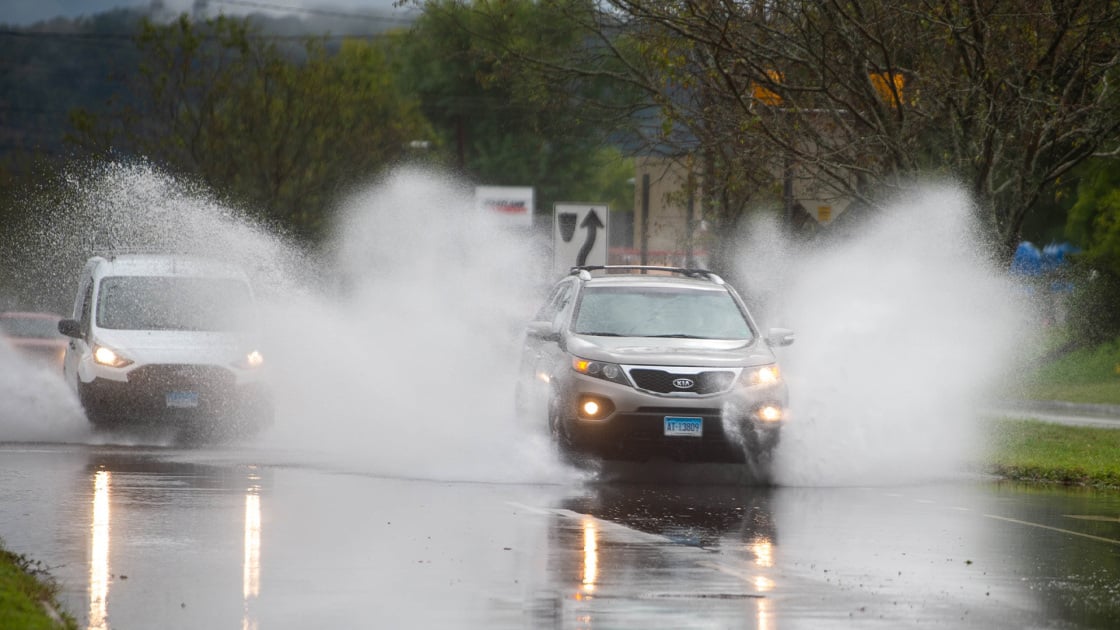
For years, the US Department of Transportation has been working to roll out technology that will help vehicles communicate with one another to avoid collisions. After a Trump-era pause, the agency is once again pushing vehicle-to-everything (V2X) tech.”The Department has reached a key milestone today in laying out a national plan for the transportation industry that has the power to save lives and transform the way we travel,” says US Secretary of Transportation Pete Buttigieg. “The Department recognizes the potential safety benefits of V2X, and this plan will move us closer to nationwide adoption of this technology.”Vehicles with V2X swap “frequent, structured messages through in-vehicle or aftermarket devices that continuously exchange relative speed, position, and other relevant data,” the DoT says. It “ensures 360-degree awareness, even in situations with poor or obstructed visibility, such as around corners or in dense fog.”It could also tap into mobile networks to send and receive messages and offer real-time information about traffic and road conditions to safety apps.Deploying this requires the cooperation of car makers, access to spectrum, and deployment of support infrastructure, among other things. So, DoT doesn’t envision a full rollout until 2036. For now, it’s looking to deploy V2X on 20% of the National Highway System and have 25% of intersections in the top 75 metro areas V2X-enabled by 2028.Though car crash deaths are down following a pandemic-era high, an estimated 8,650 people died in US traffic crashes in the first three months of 2024, according to the National Highway Traffic Safety Administration (NHTSA). There’s also been a worrying jump in pedestrian and bicycle fatalities; pedestrian deaths in urban areas grew by 81% from 2013 to 2022. “The goal continues to be zero deaths,” the DoT says.The last major push for this tech was a decade ago. Then called vehicle-to-vehicle (V2V) communication, it aimed to exchange basic safety data like speed and position 10 times per second to avoid crashes. In late 2016, the Obama administration pushed to have new cars and light trucks equipped with V2V technology, but the Trump administration decided not to pursue it.
Recommended by Our Editors
V2X isn’t without its detractors. Multiple studies have raised concerns about potential security ramifications regarding driver privacy and threat actors’ ability to access and exploit a V2X system. In its report, the DoT says it “commits to developing and maintaining cybersecurity resources for the V2X community, as well as a detailed and testable definition of secure V2X deployment.”
Get Our Best Stories!
Sign up for What’s New Now to get our top stories delivered to your inbox every morning.
This newsletter may contain advertising, deals, or affiliate links. Subscribing to a newsletter indicates your consent to our Terms of Use and Privacy Policy. You may unsubscribe from the newsletters at any time.
About Joe Hindy
Contributor
Hello, my name is Joe and I am a tech blogger. My first real experience with tech came at the tender age of 6 when I started playing Final Fantasy IV (II on the SNES) on the family’s living room console. As a teenager, I cobbled together my first PC build using old parts from several ancient PCs, and really started getting into things in my 20s. I served in the US Army as a broadcast journalist. Afterward, I served as a news writer for XDA-Developers before I spent 11 years as an Editor, and eventually Senior Editor, of Android Authority. I specialize in gaming, mobile tech, and PC hardware, but I enjoy pretty much anything that has electricity running through it.
Read Joe’s full bio
Read the latest from Joe Hindy






